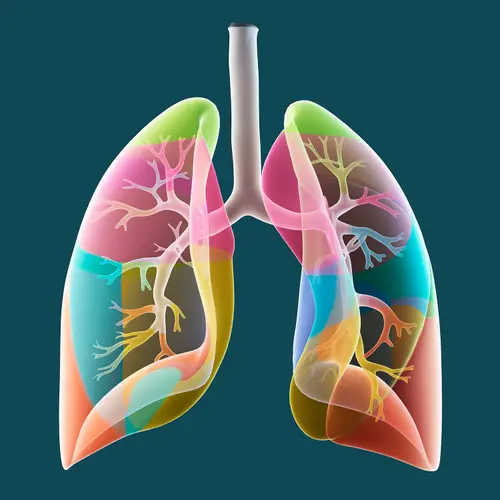“Just breathe.”
It sounds simple, but those words of advice we often use don’t always come so easy for those with metastatic non-small-cell lung cancer (NSCLC). After all, coughing and shortness of breath are common symptoms of lung cancer, as is stress.
But there are exercises that can help get your breath under control. They can also help you keep your strength and mental health, get more oxygen to your lungs, and improve your quality of life.
If you have NSCLC, breathing exercises are often the first step toward recovery. They build up your lungs and make them more efficient. That’ll allow you to be more active.
There are a few different types of breathing exercises you can try.
Pursed Lip Breathing
- While sitting or standing upright, breathe in through your nose.
- Exhale slowly through pursed lips (as if you are whistling).
- Try to exhale for at least twice as long as you inhaled (4-second exhale after a 2-second inhale, for example).
Pursed lip breathing allows you to take fewer breaths. It keeps your airways open longer, too. That helps your oxygen levels.
Experts recommend practicing pursed lip breathing several times a day. You can do it on the go, too.
Belly Breathing (Diaphragmic Breathing)
- Rest your hand on your stomach.
- While sitting, standing upright, or lying down, breathe in through your nose and focus on letting your belly stretch out.
- Gently breathe out through pursed lips for two to three times longer than you inhaled.
- As you breathe out, push inward and upward on your stomach.
- Repeat for 5 to 10 minutes.
- Make it part of your routine two to three times a day.
This exercise strengthens your diaphragm, the large muscle between your lungs and abdomen that helps you breathe. It also takes strain off your neck and shoulders.
Some experts say you should combine pursed lip breathing and belly breathing exercises into one activity.
Relaxation Breathing
- While sitting or standing upright, inhale through your nose and try to fill your lungs with as much air as you can.
- Hold your breath for about 2 seconds.
- While gently pressing in your navel with your hand, slowly release the air through your mouth for about 5 seconds.
- Try to imagine the tension leaving your body.
You can adjust the timing if you need.
Relaxation breathing is often recommended after surgery while you’re focused on healing.
Quick Tip
When you try any of these exercises, try lowering the temperature of the room. Cooler air is easier to breathe.

